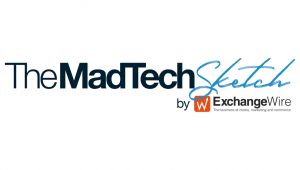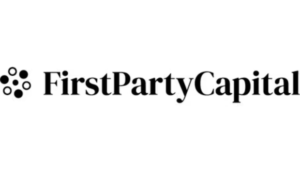Is Attention the measurement 'silver bullet'?
by on 6th Feb 2025 in News

Attention metrics have been gaining traction - could this be the year they become a staple of effective measurement? Mark Smith takes a look…
Metrics like reach and viewability have long been standard-bearers for assessing the impact of marketing content.
But there is a growing belief – and evidence – that attention could finally be about to make the move from secret weapon of the early adopters, to a potentially transformative metric to rival or even eclipse them.
Attention is a measurement of how engaged the customer is. Unlike more traditional metrics like views, attention does not just ask the question ‘are you looking at me?’ but ‘are you seeing me?’.
Industry studies have pointed to the increased effectiveness of attention. PwC published a report using Lumen Research data which revealed attention metrics correlate more strongly with advertising effectiveness than traditional viewability metrics.

While another study by Havas Media Group concluded attention and outcomes are closely correlated, and attention has the greatest impact on preference and purchase.
“I think this will be the year that attention metrics become a ‘must have’ metric in media planning and buying,” said Mike Follett, CEO of Lumen Research.
“The evidence is now clear. Optimising media and creative investment towards real human attention leads to increased campaign performance.”
Dan Gee, now MD at Media Futures Market, previously led on the adoption and integration of attention metrics at WeTransfer. He believes attention is an ‘incredibly effective’ metric.
“It helps buyers and vendors better understand quality and effectiveness in media. “It's on track to supplanting viewability as a way of measuring impression quality - which is a very good thing.”
But while the ‘headline’ importance of attention is becoming increasingly understood, Dan said it has other permutations which the industry will need to develop a deeper understanding of.
“It's largely accepted that AMs are helpful when assessing the quality and effectiveness of media placements,” he added. “But there's little assessment of the impact of secondary variables like brand size, compounding effects of audio and visual attention acting in concert, forced attention vs voluntary attention, ad context, advertiser category, etc.

“So, I think some of the most exciting stuff to come this year will be work that gets into this secondary layer.”
But many publishers may have paid little or any mind to attention up until recently and may be coming in cold. Figuring out what to do with the data once it is collected is a challenge.
To make it work, Dan believes companies should focus on two areas – what he called hygiene and differentiation.
“By hygiene, I mean that publishers should understand and deploy attention metrics as a key part of their revenue strategy. From ensuring they are plugged in with partners who integrate AMs in the programmatic trading model, to including AMs in their sales messaging at large.”
When it comes to differentiation, Dan said publishers should look to leverage their own ‘unique attention narratives.’
“Do they drive a particularly sustained attention? Does a greater percentage of their audience pay attention to ads? Do they generate a higher level of voluntary attention? Do they employ tactics that actively improve attention quality such as fast ad loading times and reduced ad clutter?”
One of the challenges with attention as a metric is a lack of an industry-wide definition, and Mike said the discussion over whether it should be standardised was ‘complex’.
“We absolutely need to align and standardise exactly what we collectively mean when we say attention.” He added: “For the CMO, it’s clearly vital to have 100% clarity of what attention is and isn’t, and how to plan for it, otherwise they could waste a huge amount of budget on ads that are never seen. However, it is worth stating again that attention is just a means to an end - not the end in itself.”
Dan thinks standardisation around a single metric could have unhelpful consequences, claiming it could lead to a ‘Goodhart's Law’, which states that ‘when a measure becomes a target, it ceases to be a good measure’.
“It would lead to a situation where attention would be gamed, corrupting its value as a metric. This is part of why viewability became such an unhelpful metric.”
As we head further into 2025 this could be the year where attention is finally valued alongside the more traditional metrics which have been used for so long. But what does that look like in practice both ethically, and in business terms?
“The optimist take” said Dan, “is that attention metrics inform a movement towards more human centric internet, where a fewer, better, approach to ads goes on to yield better results for advertisers.”
He added: “The pessimist take is that the market resorts to some kind of 'attention stuffing', bombarding users with the minimum required attention to achieve an outcome.”
As far as uptake is concerned, Mike said the sector is already seeing many premium publishers adopting a ‘fewer, better’ approach to the ad placements they place on their pages.
“We are already seeing forward-thinking CMOs and media agencies thinking about the volume, cost, and value of attention at a brand and campaign level, and how that translates to increased ROI.” He said.









Follow ExchangeWire